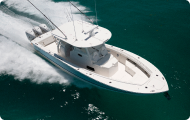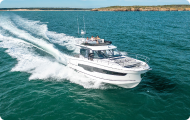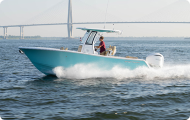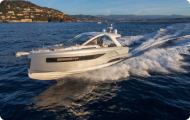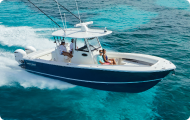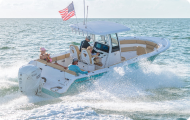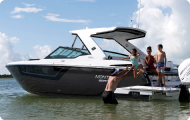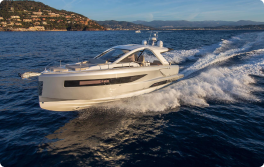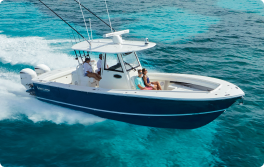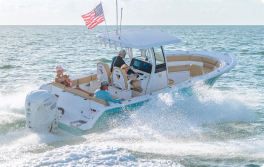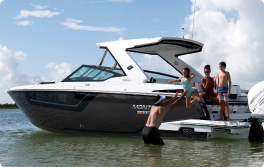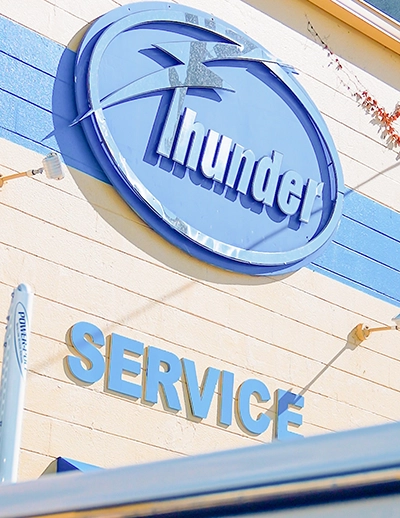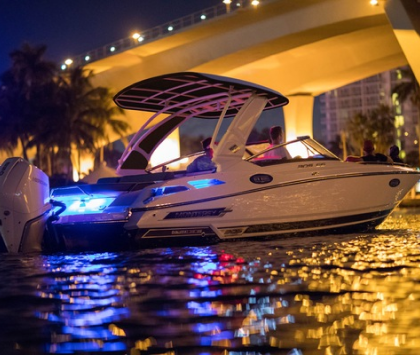Below is a quick guide for things to keep in mind when you are looking at handheld VHF’s.
The “go-to” communication tool for boaters for a long time has been the VHF radio, which enables users to talk with other boats, get in touch with marinas and gas docks, and ask for assistance in an emergency. Convenient, low-cost portable variants have further added to the flexibility of the VHF radio.
Rain, waves, and an untimely slip overboard are all reasons why your portable VHF should be waterproof, not simply water-resistant. Look for the IPX7 rating, which confirms that the radio can endure strong splashing, rain, and brief immersion in water. And make sure it floats!
Think about radios with Digital Selective Calling (DSC) capability and locating and charting features like AIS, GPS, GNSS, and/or WAAS. Then, with the touch of a button, register for a Maritime Mobile Service Identity (MMSI) number, and your radio will serve as a search-and-rescue tool, broadcasting a distress call.


